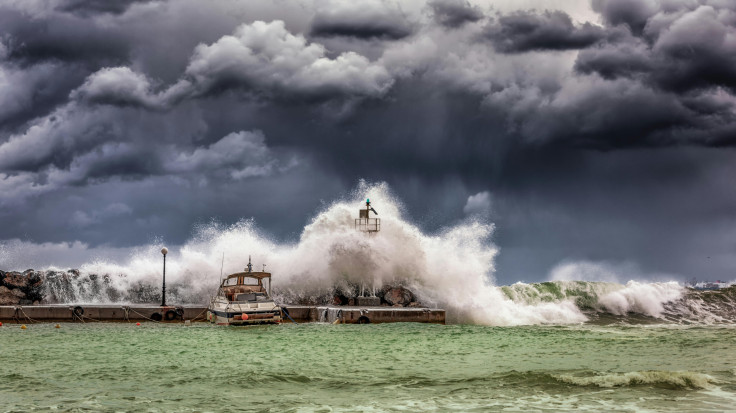2004 Tsunami Remembered As Waikiki Hotel Evacuates Guests To Top Floors - Could It Happen Again?
Tourists were moved to upper floors following tsunami warnings tied to the Kamchatka earthquake

Guests staying at hotels in Waikiki were recently evacuated to upper floors following tsunami warnings issued after an 8.8-magnitude earthquake struck off Russia's Kamchatka Peninsula. The Pacific Tsunami Warning Center issued alerts within minutes of the seismic event, and Hawaii authorities urged people in low-lying areas to seek higher ground or shelter above the third floor of reinforced buildings.
The incident triggered comparisons to the 2004 Indian Ocean tsunami, raising questions about how vulnerable Hawaii remains to similar large-scale disasters. Officials described the evacuation as precautionary, with no major damage reported, but the situation served as a reminder of the continuing threat posed by tsunamis across the Pacific.
Emergency Protocols in Action
In the wake of the July 2025 earthquake, civil defence officials used mobile phone alerts, sirens and broadcast warnings to urge residents and tourists to move away from coastal zones, according to The Washington Post. Hotels in Waikiki activated vertical evacuation procedures, directing guests to higher levels of the buildings. Beaches emptied quickly, and traffic along O'ahu's coast slowed as drivers attempted to reach safer ground.
According to the Pacific Tsunami Warning Centre, wave heights reached approximately 1.2 metres in parts of Hawaii, though no serious structural damage occurred, Reuters reported. Some parking areas flooded, and authorities warned of dangerous currents even after the alerts were downgraded.
Remembering the 2004 Tsunami
On 26 December 2004, an undersea earthquake of magnitude 9.1 to 9.3 off the coast of Sumatra triggered tsunamis that killed over 230,000 people in 15 countries. Waves reached heights of up to 51 metres, making it one of the deadliest natural disasters in recorded history, according to Science News. In its aftermath, nations around the world invested heavily in early warning systems and coastal preparedness.
Hawaii, already familiar with tsunami risk, expanded its public education and evacuation infrastructure. Schools and hotels now participate in regular drills, and island-wide siren systems have been modernised. The July 2025 event was a real-world test of these protocols, Civil Beat reported.
Hawaii's Current Risk and Readiness
Despite being geographically distant from many seismic zones, Hawaii remains exposed to tsunamis from events like the 1960 Chile earthquake, which sent destructive waves across the Pacific, according to PBS. Experts say subduction zones around the Pacific Rim, where tectonic plates collide, can produce major earthquakes with little warning.
Oceanographers estimate that two deadly tsunamis occur globally each year. Should a future event reach magnitude 9.0 or higher, waves as high as five metres could still reach Hawaiian shores, posing threats to life and infrastructure. The effectiveness of early warnings, public compliance, and robust emergency planning remain crucial.
Could Waikīkī See a Disaster on the Scale of 2004?
Although the recent tsunami warnings in Hawaii resulted in no widespread harm, they demonstrated that systems implemented after past disasters can work efficiently. The swift response by local authorities, emergency managers and hospitality staff reflects improved readiness, but experts caution against complacency.
The memory of the 2004 Boxing Day tsunami continues to influence global disaster strategy. The recent Russian earthquake served as a powerful reminder that seismic hazards persist, and the ability to act quickly remains the best safeguard for coastal communities like Waikiki.
© Copyright IBTimes 2025. All rights reserved.





















